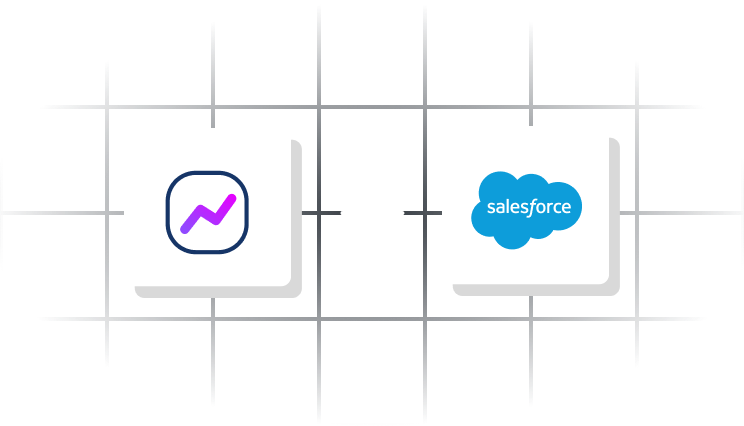Why Integrate Salesforce With DiGGrowth
Automated Lead to Account Matching
No more missed data or manual updates. DiGGrowth automatically matches leads to accounts, ensuring that all your touchpoints are captured.
Complete Marketing Attribution
Track every marketing interaction across the funnel and understand how these touchpoints impact revenue.
Seamless Data Sync
Sync marketing performance data with Salesforce in real time, giving your team actionable insights directly within the CRM.
Pipeline and Revenue Tracking
Analyze how marketing activities contribute to opportunities, closed deals, and revenue, allowing for more precise campaign optimization.
Customizable Reporting
Leverage DiGGrowth’s advanced analytics tools to generate in-depth reports directly from Salesforce data.











